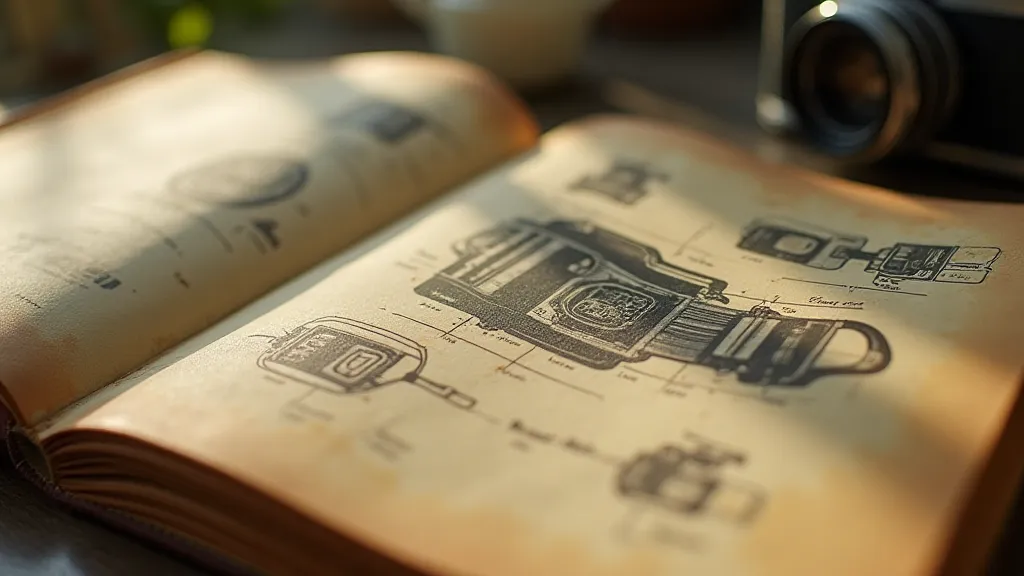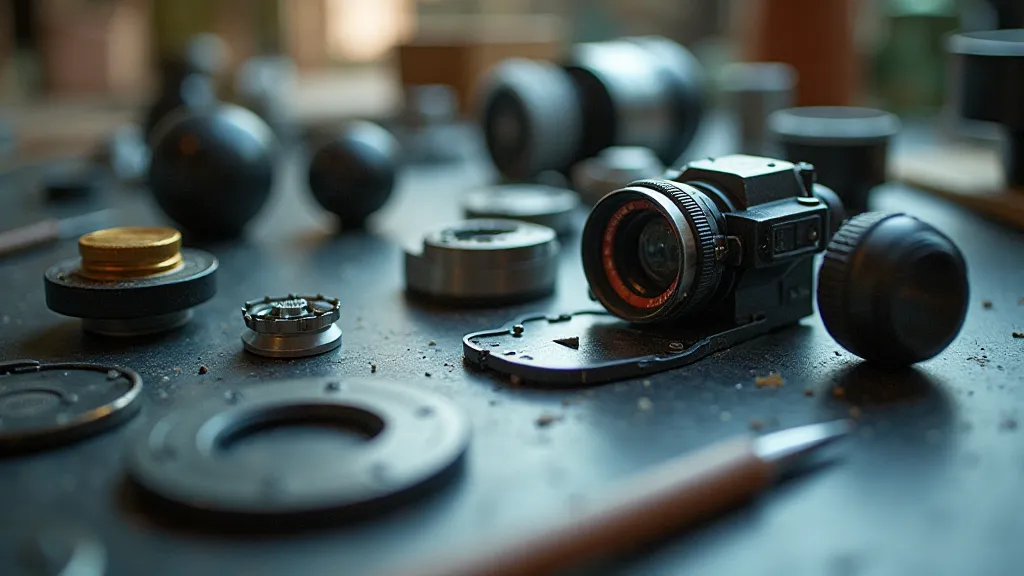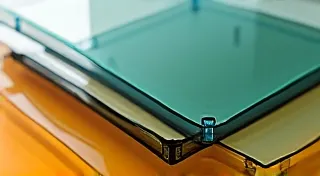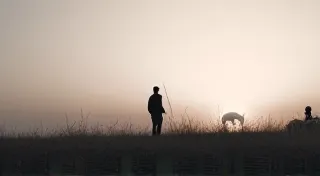The Manual's Whisper: Lessons From Vintage Camera Manuals
There’s a particular scent that clings to old things – a mix of aged paper, dried leather, and something indefinably… time. When I open a vintage camera manual, it's more than just instructions; it's an olfactory portal, transporting me back to a world of deliberate craftsmanship, a time when photography was less about instant gratification and more about considered process. I'm not a professional camera repair technician, but I’m fascinated by the mechanics and the history of antique cameras and, especially, the often-overlooked viewfinders that frame our connection to the past.
My own journey into this world began with a dusty Rolleiflex. Found in a forgotten corner of an antique shop, it was a wreck – the leather cracked, the lens cloudy, the viewfinder a milky haze. It wasn’t the camera itself that captivated me, though. It was the accompanying manual, a slender volume printed on brittle paper. It wasn's just about focusing, shutter speeds, or film loading; it held a quiet reverence for the instrument and the art of the craft. It whispered of a discipline that feels almost alien in our age of digital immediacy.

The Precision of Instruction
Modern manuals are often streamlined, focused on user-friendliness. They’re designed to get you taking pictures quickly. Vintage manuals, on the other hand, feel like apprenticeships distilled into a few dozen pages. They don’t simply tell you *how* to operate a camera; they explain *why*. They delve into the technical details – the tolerances of the gears, the sensitivity of the film, the intricacies of the light meter (if present). Consider a viewfinder, for example. Instructions aren't just about adjusting brightness; they might detail the process of aligning prisms, explaining how even minute misalignments can impact image clarity. This wasn't a matter of user error; it was an acknowledgement that mastering the camera required a level of understanding, of *respect*, that’s rarely expected today.
Restoring vintage viewfinders is a perfect illustration. It’s not just about cleaning lenses. It’s about understanding the original construction – the types of glass used, the adhesives employed, the potential for light scatter. It’s about patiently disassembling, meticulously cleaning, and reassembling with an almost surgical precision. You’re not just fixing a viewfinder; you're preserving a piece of engineering history.
Beyond the Technical: A Philosophy of Craftsmanship
These manuals aren't just technical guides; they’re windows into a different philosophy of work. The language is formal, the tone earnest. There's a distinct lack of the breezy, conversational style common in contemporary product descriptions. They've been crafted with a certain dignity, a sense of responsibility to the user. The manuals often contain detailed troubleshooting sections, not to excuse user error, but to empower the user to understand and potentially remedy common issues. This reflects a broader societal attitude towards objects – they were meant to last, and users were expected to take a proactive role in their longevity. There’s an inherent trust placed in the user’s ability to learn and engage with the technology.
I've noticed parallels in my own writing. When I’m striving for clarity and precision, I often find myself unconsciously mirroring the cadence and structure of those vintage manuals. There's a discipline in avoiding jargon, in explaining complex ideas in accessible language, in acknowledging the potential for misunderstanding. The manuals didn't "dumb down" the technology; they elevated the user by encouraging comprehension.
The Anatomy of a Vintage Viewfinder
The viewfinder itself is a microcosm of this philosophy. Early cameras often employed simple, direct viewfinders – just a hole through which to see. As technology progressed, rangefinders and coupled viewfinder systems emerged, offering increased accuracy and compositional control. Understanding the intricacies of these systems – the alignment of the rangefinder patch, the calibration of the parallax correction – is crucial to accurate restoration. Many vintage viewfinders are incredibly complex optical systems, consisting of multiple lenses, prisms, and mirrors, all working in concert to deliver a focused and accurate view of the scene.
Consider the process of cleaning a rangefinder viewfinder. A careless swipe with a cloth can scratch the lenses, permanently damaging the optical path. The correct approach involves specialized cleaning fluids, cotton swabs, and a patience that borders on obsession. It’s a process that demands respect for the material and an understanding of the potential consequences of error. Furthermore, some viewfinders employed reflective coatings that are extremely delicate and require specialized knowledge to restore. This is often beyond the skillset of a casual enthusiast.

The Echo of the Past
The lessons from these manuals extend beyond the technical aspects of camera restoration. They speak to a broader cultural shift – a move away from craftsmanship and towards mass production, from considered process and towards instant gratification. While I embrace the convenience of modern technology, I find myself drawn to the tangible beauty and deliberate nature of vintage cameras. The act of handling a vintage camera, of consulting its manual, of meticulously restoring its viewfinder, is a way of connecting with a past that values skill, patience, and a profound respect for the tools we use.
Perhaps the greatest lesson of all is the reminder that true mastery requires more than just following instructions. It requires understanding the principles behind those instructions, embracing the challenges, and appreciating the beauty of the process itself. The manuals don't just tell you how to operate a camera; they whisper a philosophy – a commitment to excellence, a dedication to craftsmanship, and a reverence for the tools that help us capture the world around us.






